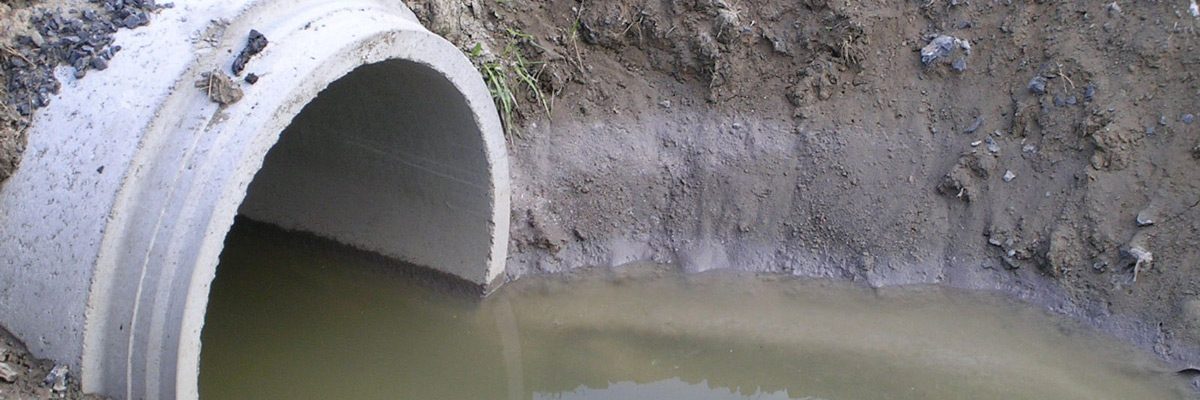I do not propose to write a treatise on Trailer’s as abodes. I have never seen one that was energy efficient, but I am sure they exist. I have a Trailer Park in my precinct so I am familiar with them a bit. My experience with them is that if the owners care, they can be really nice and homey. On the other hand if they are occupied by renters or they are occupied by people who do not take care of them, they can be real slums. Course the same could be said for most houses.
http://ced.berkeley.edu/bpj/2013/04/how-the-other-half-lives-exploring-trailer-parks-in-the-american-sunbelt/
How the Other Half Lives: Exploring Trailer Parks in the American Sun Belt
Written by Tomas Janusas on April 2, 2013 in Urban Fringe – 3 Comments
I believe that trailer parks are an important source of affordable housing for low-income households. I also believe that they serve as an important transitional step for social mobility. These conclusions are a culmination of a complex and emotional although enriching personal journey of writing my senior thesis at UC Berkeley.
As an urban studies undergraduate, I first sought to investigate the concept of colonias because to me it represented the Third World phenomenon of informalities on First World territory. The journey began in the summer of 2012 when I received the Judith Lee Stronach Summer Travel Scholarship to explore poor migrant settlements near the U.S.-Mexico border. During my travels, I drove along the U.S.-Mexico border through the States of California, Arizona, New Mexico and Texas to study this phenomenon of underdevelopment. But what I saw was very different from what I expected, based on the academic papers and scholarly books I had read.
Naively, I had expected to find isolated pockets of poverty that could be addressed through institutionally coordinated efforts and proactive legislation. But what I found were not isolated settlements but whole poverty-stricken neighborhoods, suburbs and, in some cases, cities, built entirely of mobile homes and trailer parks. I had never inquired into this scattered pattern of settlement clusters before, where people seemed to be camping permanently in mobile homes over the vast expanse of desert land. Initially, residences looked empty, isolated and neglected, uprooted and restless. But after spending a few weeks in the Sun Belt, I began to question my preconceived notions about life in the desert. I became conscious of very different ways of life that exist outside American metropolises. I started to wonder whether there was not one, but multiple American Dreams.
:}
Go there and read. More next week.
:}

